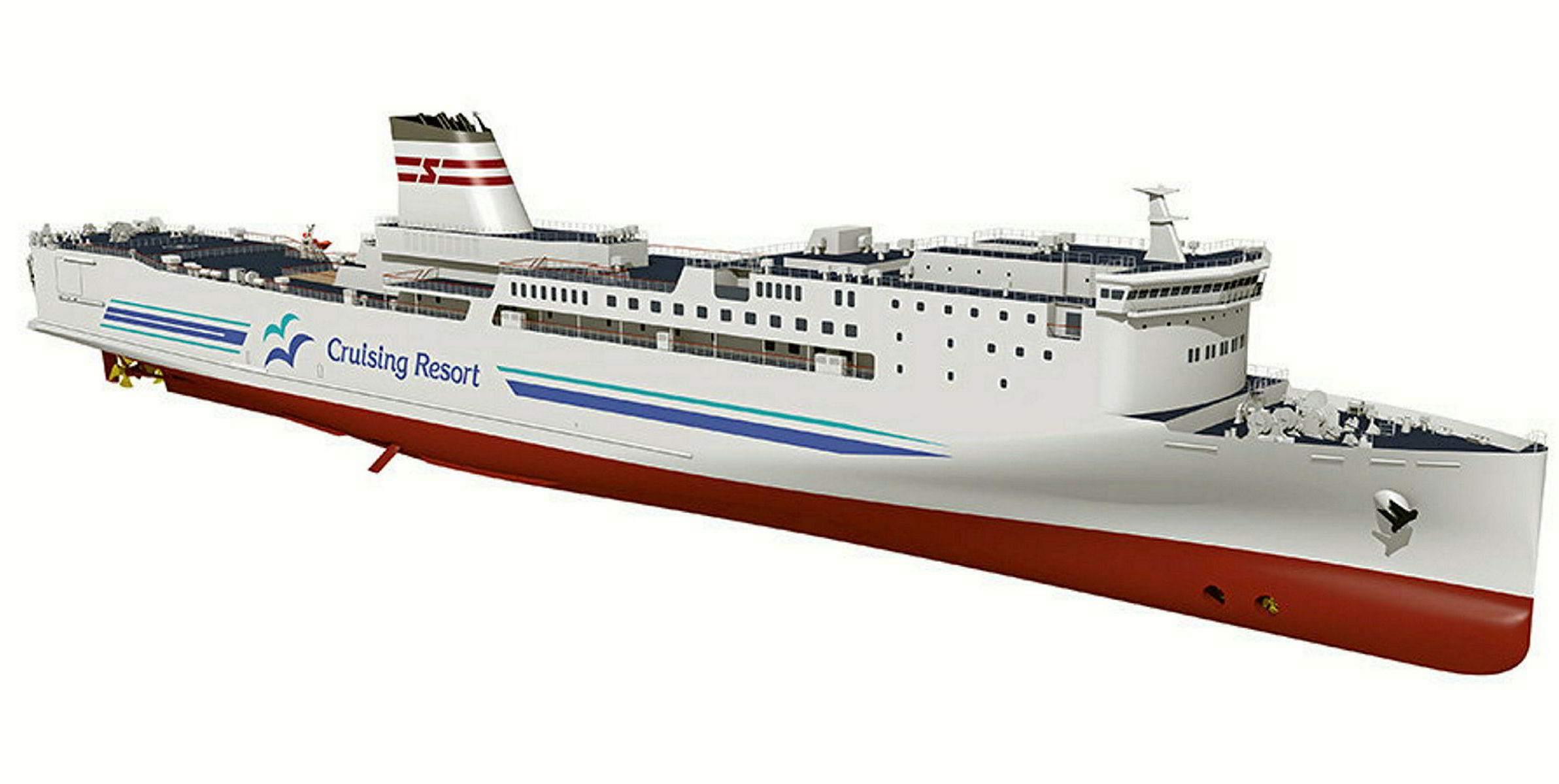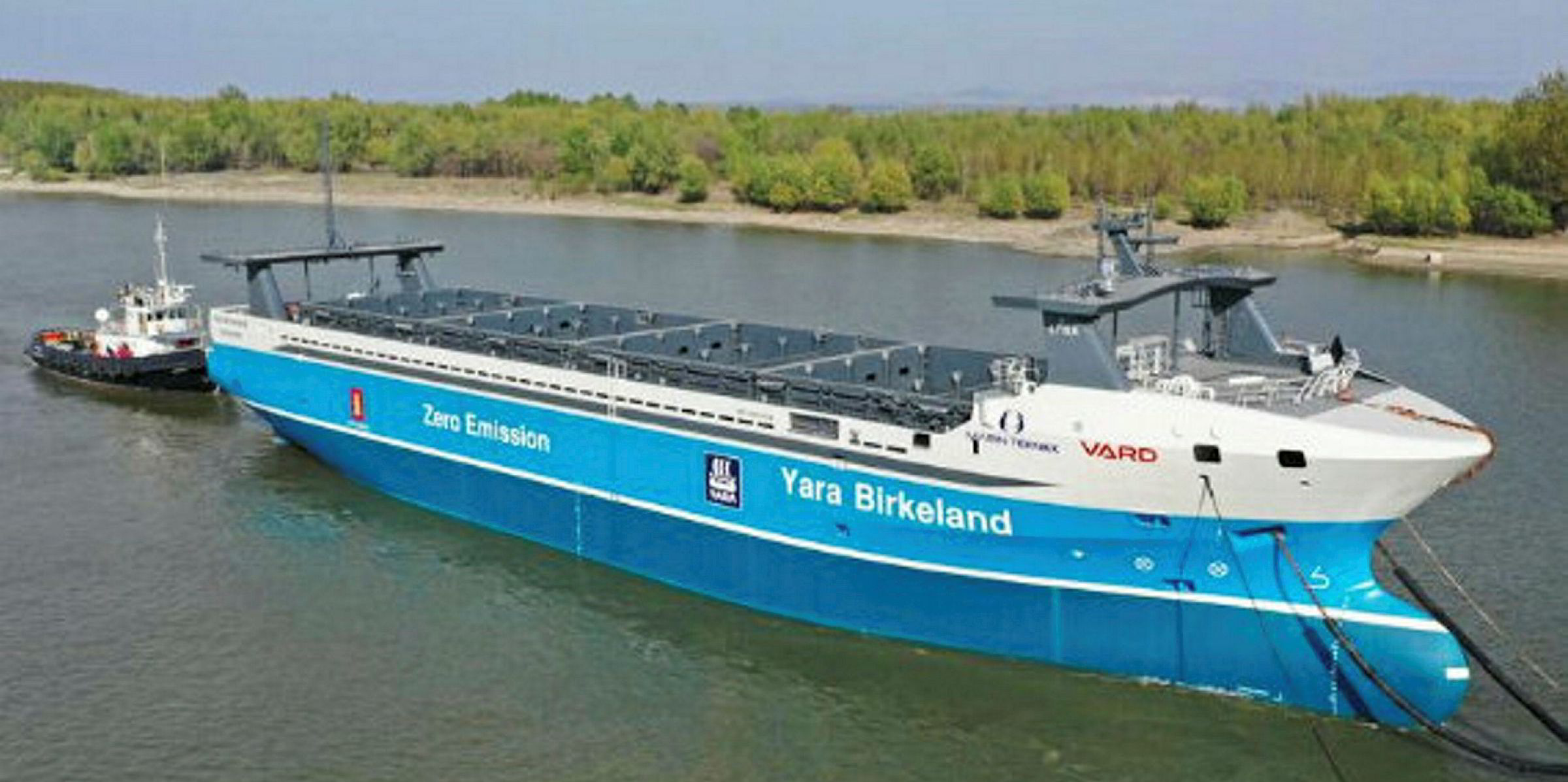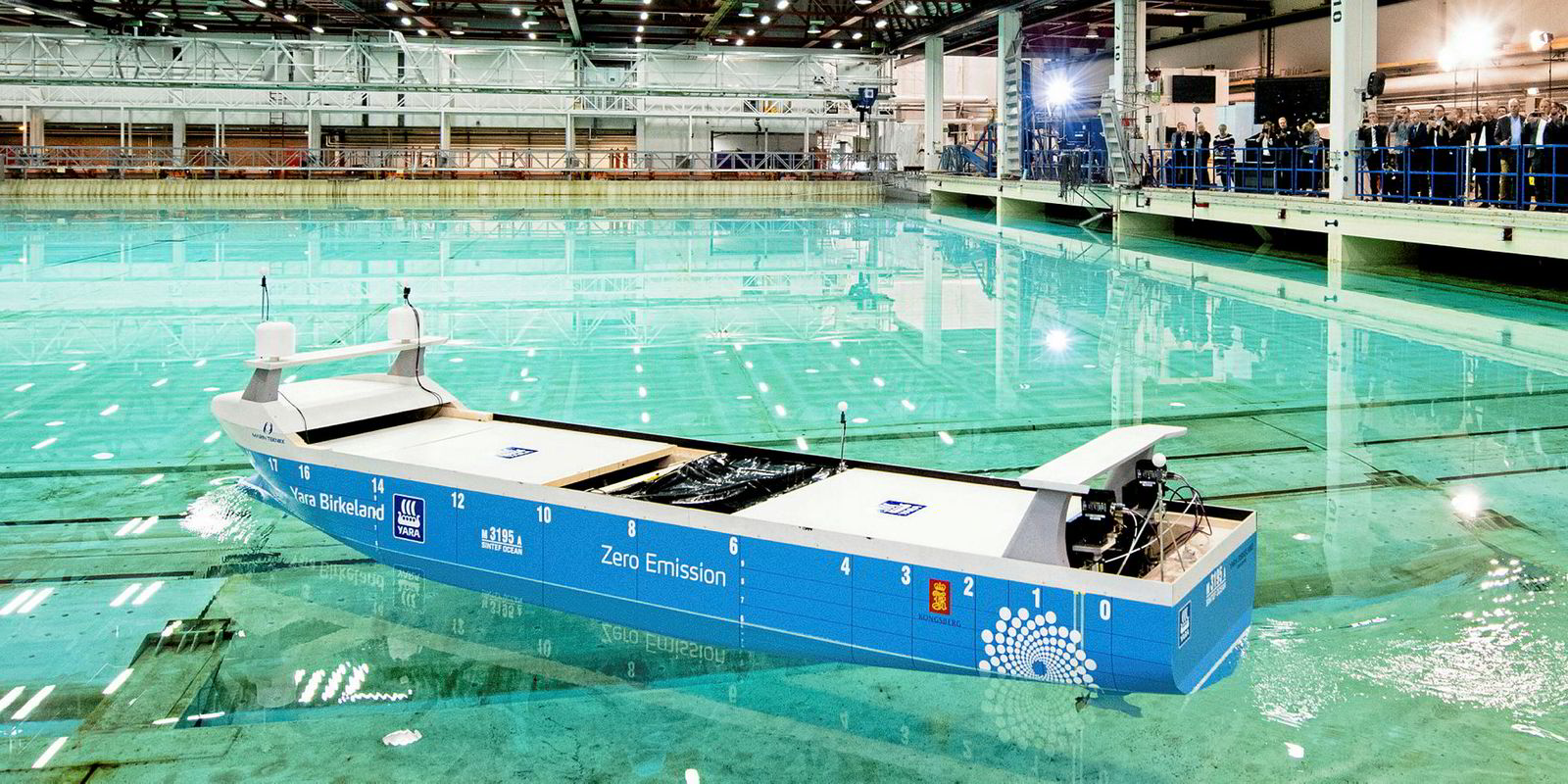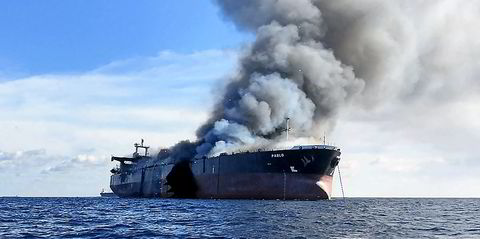Mitsubishi Heavy Industries (MHI) will test prototype autonomous technology on a ropax ferry it is building for Japanese operator Shin Nihonkai.
The shipbuilding group said the companies will begin co-development of underlying technologies and systems to enable unmanned navigation in the future.
The resulting prototype system will be installed on a vessel to be operated by Shin Nihonkai Ferry and will undergo verification via demonstration testing in Japanese coastal waters.
The unmanned navigation system is to be installed on one of the two 15,400-gt ropax ferries that MHI is building for Shin Nihonkai at the Tategami Main Plant of its Nagasaki Shipyard & Machinery Works.
Demonstration testing will be performed for about a year, starting from when the ship is delivered at the end of June 2021. It is expected to wrap up in May 2022.
Bridge crew on board
A bridge crew will be on board to monitor operations and ensure safety during the testing period.
Remote diagnosis technologies developed by MHI Group for large-scale equipment will be integrated to achieve unmanned operation of the ship's propulsion plant.
The project will be funded in part by a grant from the Nippon Foundation.
“Under the new development program, the company will collaborate not only with Shin Nihonkai Ferry but also with academic institutions, IT businesses and control system engineering firms in the design, construction and total verification of a large car ferry which integrates advanced unmanned navigation technologies,” MHI said.
MHI has been developing automation systems to assist ship navigation and cargo handling since the 1990s.
The shipbuilder said it will expand on its current development program to further enhance safety, reduce the crew's workload and trim operating costs.
Shin Nihonkai is one of Japan’s largest domestic ferry operators, with a fleet of eight large ropax ferries, all of which were built by MHI, at its Shimonoseki or Nagasaki shipbuilding yards.
Preliminary details released on the two newbuildings on order indicate that they will carry 284 passengers and be powered by conventional Wartsila four-stroke, single-acting diesel engines.







